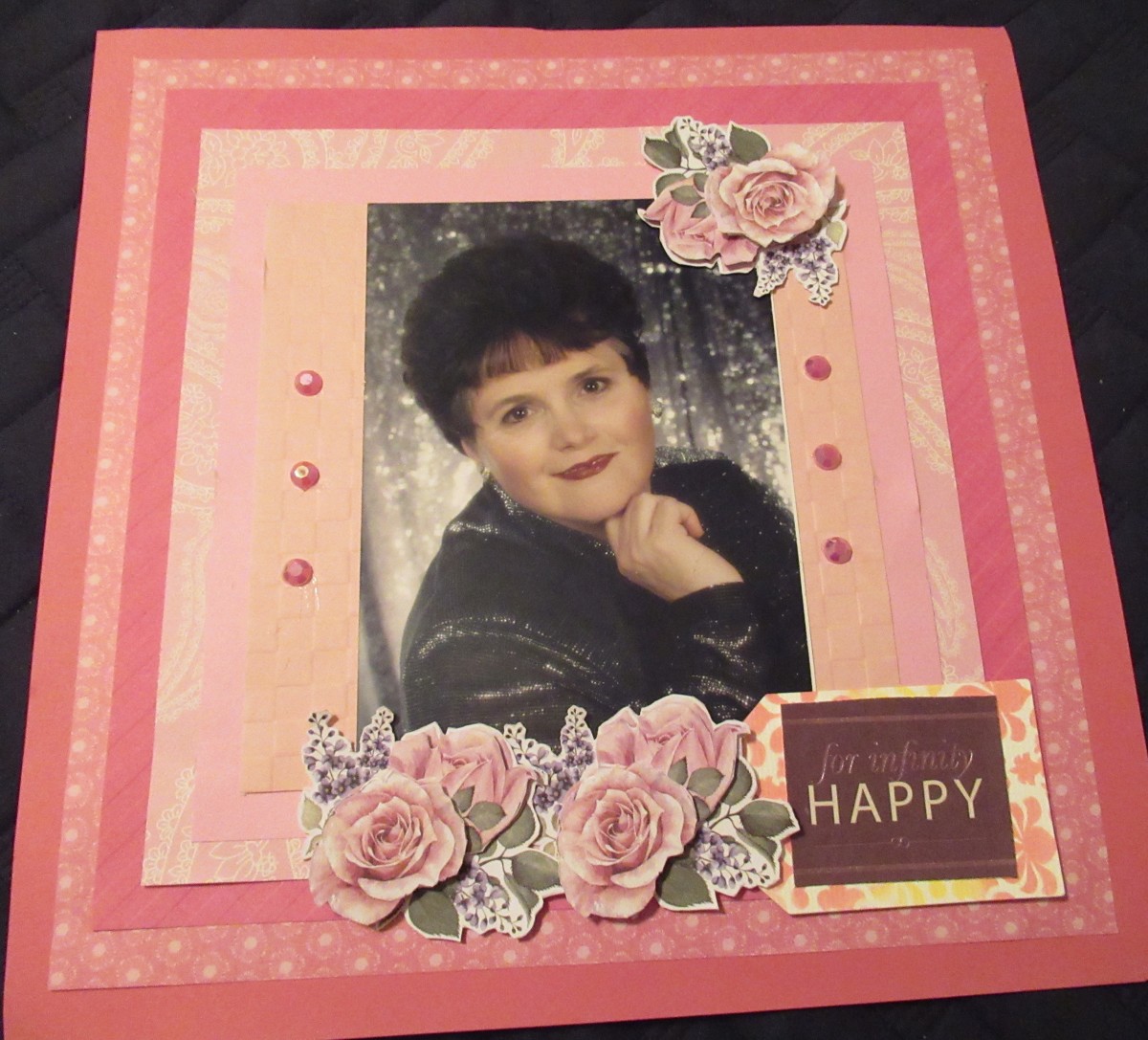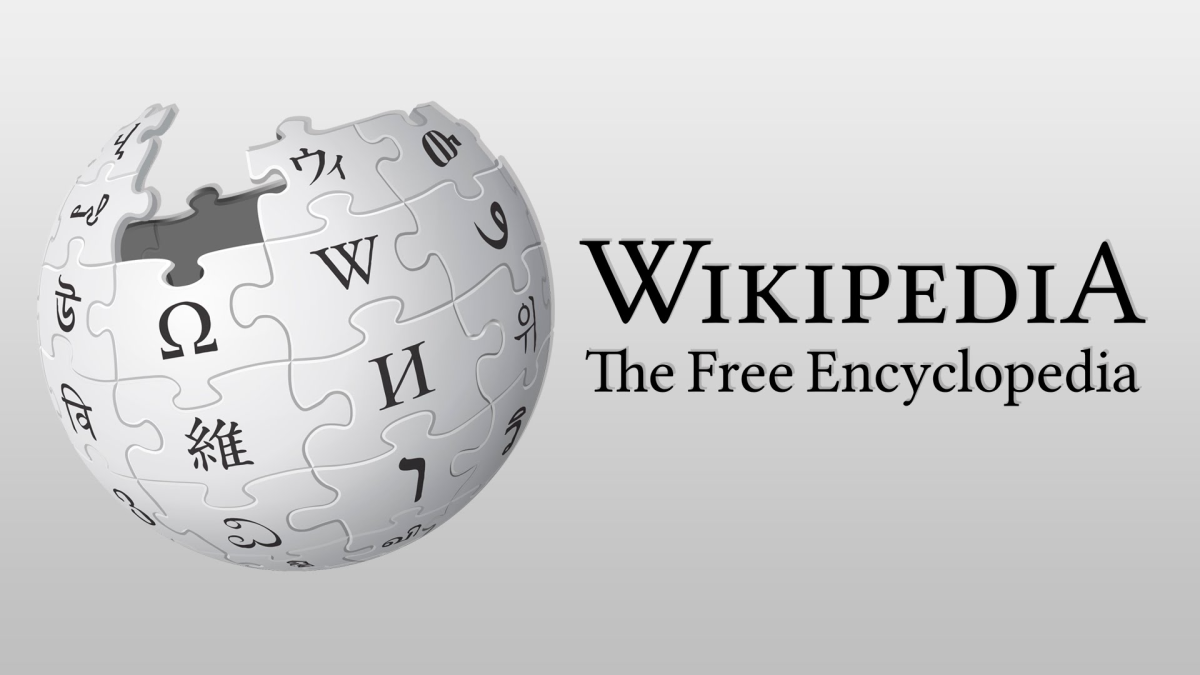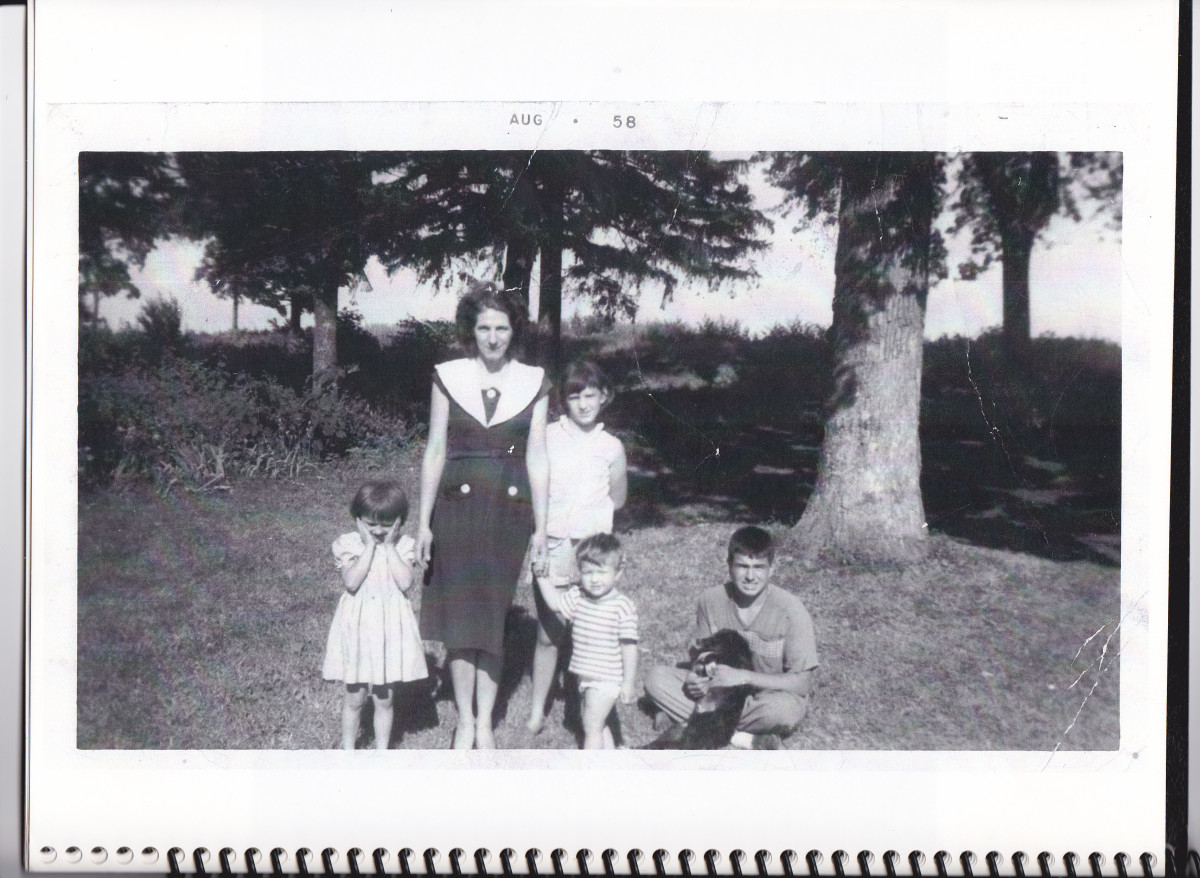Who I Am : An Archivist's Identity
An Archivist's Identity
I have always harbored a fondness for the ancient perception of scholars as guardians of documents. Growing older, more realistic views of archival work permeated my thoughts, but the image of an archeo-historian-antiquarian stayed with me even into my undergraduate thesis. As a historian who has worked in libraries since high school, this has not really changed. As James O'Toole writes, "Archivists were most often individuals who had fallen into their profession on the way to or from something else...interest in historical research [or] a specialized form of librarianship."[1] My archival "identity" is the love of written materials for the sake of their existence, not necessarily their content. As historian, I am interested in content, but as archivist, I am more enamored with the thing itself. The hours spent watching my mother pour over records and documents in the local historical societies helped shape this adoration of old written materials and even passively teach me to associate them with an archive- when I was young, I neither cared about nor understood their content, I only loved that they were old.
I agree with Caroline Brown's statement, "Principles such as provenance and original order are practical tools, and discussions about context and content are just archivists acting as historians."[2] Historians, however, do not claim the responsibility of caring for documents as do archivists, librarians, and curators. In regards to these institutions, distinction between them goes much deeper, as I am quickly learning. Libraries, museums, and archives are inherently different despite their similarities to outsiders. What began as an umbrella idea turned into a Venn diagram; now it seems an assortment of scatterplots all connected to that idea of ‘archives.’ Sue Breakell eloquently points out, "the role of archivist, like that of curator, has experienced a dissolving of its borders...As boundaries blur between disciplines and professions."[3] Kate Theimer's article confirms this idea, though maintains the archival definition itself is purer.[4] To the outsider, there is too much similarity and not enough individuality. I believe archives are a middle ground in the holy trinity of information professionalism because of three areas: how they acquire and catalog their collection, their stance on preservation, and lastly how they provide access to the public.
This first distinction, how collections are acquired and cataloged, can be emphasized in libraries (and museums) on the one side and archives on the other. Only considering print material, libraries tend to divide their collection into fiction and nonfiction- this alone being the most basic of differences- and within each of these a sub-category of organization. In a large collection of nonfiction books, materials are cataloged and separated according to what information a patron will find within those pages. This is great if you want to do general research on a broad topic. Having done research in both settings, I prefer browsing a small collection dedicated to a specific topic than stacks of books with a scant few relevant pages. This is where archives offer more ease of access to researchers, because archives acquire their materials as a group rather than individually. In libraries, as in museums, one could wander the building finding connections between materials; equally relaxing as frustrating and certainly time consuming. As Sue Breakell writes, "activities carried out on archives...correspond to many practices in the visual arts: collecting, selecting, curating, arranging, creating, and connecting."[5] Differences appear in the how.
Like libraries, museums collect and catalog individual items, assigning them to the collection in which they fit best. In his article on information culture, Steven Lubar presents one aspect of difference between museums and archives. He writes, "Curators are concerned about the value and meaning of the historic artifacts...the context is as important as the object itself."[6] Lubar goes on to argue that archivists take the meaning of their objects for granted. I disagree, at least in part. Archivists do what they do to preserve the information first and foremost, true, but more than that. I think many archivists are, like myself, enamored with old things. It is in their nature to be antiquarian and they share this with curator, but it does not mean they are ignorant of context.
This antiquarian-like quality further defines archives as their own self and brings around the second major distinction, which is preservation. Eric Ketelaar in Archives and Record Keeping writes, "Archives, libraries and museums are all in the 'memory business'."[7] This is the fundamental similarity that I think most people do understand in some way, but it in no way overrides the separation of these institutions. I am proud of the work we do in public libraries but of course each has their own ideas on preservation. Libraries use and provide access to materials often at the risk of irreparable damage. In some sense that is okay, because libraries never deal with rare or unique materials. There might be millions of copies of Fahreinheit 451 across libraries around the world, but there is only one original Domesday manuscript, regardless of its content being widely available digitally or not. In this way, archives continue to exude a sense of antiquity even into the digital era. On the surface, they are antiquarian, but as with any cultural, informational institution, that is only the tip of the iceberg. This idea of preservation directly ties into the third of my points, and that is how these three individual institutions provides for access to their collection.
Archives are almost exclusively meant for adult use; that is, they are research-oriented regardless of whether it is of personal or academic interest. They keep their records stored away until they are needed, but when need arises they are often willingly provided. Museums protect their collection from all hands; libraries do everything in their power to pass their materials along. The idea of access is almost directly correlated to preservation in each of these three places- the higher the desire for preservation, the less likely there is to be hands-on access. Revisiting the 'adults only' argument, despite museums and libraries occupy opposite ends of the spectrum, they often have special collections geared towards youth. This idea seems out of place when contemplating an archival setting. And, while archives provide their materials to eager researchers as libraries provide their materials to eager readers, they retain all of their holdings just as museums do.
While they may claim, as Mark Greene points out, to emphasize use and access over preservation, in the end archives do value preservation very highly. So, too, do they value access very highly, and so we return to my original statement. Archives occupy a special middle ground on this spectrum of 'memory keepers.' Further, as historian, I will always be drawn to content, access, and organization, but as archivist, the desire for preservation remains high. I doubt I will ever fully erase my old perception of the archivist as bespectacled guardian of ancient knowledge.
Who I Am
An archive is, in a nutshell, a library of sorts that focuses on history and documentation of the past. Most archives aim to preserve information so whenever someone wants access to a portion of history, we help them find it! There are all kinds of information depending on where you go, and it’s the archivist’s job to understand what the searcher is looking for. In my job now, I am excellent at understanding what my patrons need and helping them find it. I love helping people learn about new subjects in new ways, and I’m really keen on archivists understanding their collections, because that’s a big part of our job. You’d be surprised to know how many people still today don’t understand how to find information, so that creates a need for trained archivists. Information specialists owe it to the public to help them sort out our shared past so we can understand our different experiences.
Endnotes
[1] O'Toole, James and Richard Cox. “The History of Archives and the Archives Profession." In Understanding Archives and Manuscripts, 77. Chicago: Society of American Archivists, 2004.
[2] Brown, Caroline. Introduction. In Archives and Recordkeeping, edited by Caroline Brown, XIII-XIV. London: Facet Publishing, 2014.
[3] Breakell, Sue. “Archival practices and the practice of archives in the visual arts.” Archives & Records Vol. 36, No. 1 (2015). 1-5 http://dx.doi.org/10.1080/23257962.2015.1018151.
[4] Theimer, Kate. "Archives in Context and as Context." Journal of Digital Humanities Vol. 1, Issue 2 (Spring 2012) http://journalofdigitalhumanities.org/1-2/archives-in-context-and-as-context-by-kate-theimer/
[5] Breakell, 2
[6] Lubar, Steven. “Information Culture and the Archival Record,” American Archivist Vol. 62, Issue 1 (Spring 1999). 10-11. http://americanarchivist.org/doi/pdf/10.17723/aarc.62.1.30x5657gu1w44630
[7] Ketelaar, Eric. “Archives, memories and identities.” In Archives and Recordkeeping, edited by Caroline Brown, 131. London: Facet Publishing, 2014.








